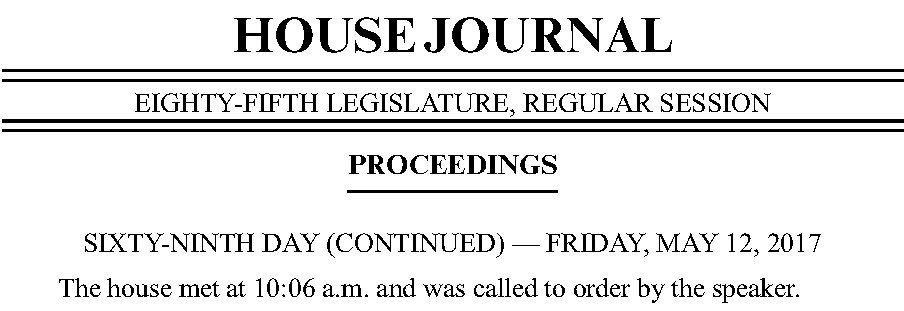You may have heard the terms "legislative day" and "calendar day" used fairly regularly over the past few months and wondered: what exactly is the difference between the two and how do they relate to the legislative process?

A calendar day is a day of the year on which the legislature may be in session, regardless of whether either the house or senate actually meet, while a legislative day is the period between the convening of the legislature and the next adjournment. To fully understand what this means and how a legislative day interacts with a calendar day, you need to be familiar with the terms "recess" and "adjournment".
Recess is a break of a meeting that temporarily pauses the legislative day. Conversely, adjournment is the termination of a meeting that officially ends that legislative day. For example, the house or senate may start a daily legislative session in the morning, recess for other legislative business, and adjourn that same evening, completing a legislative day on the same calendar day. If an adjournment occurs after midnight, the legislative day will span two calendar days. Alternatively, they may recess at the end of a day rather than adjourn, thus causing the legislative day to continue at the next meeting, whether that be later that same calendar day, the following calendar day, or several calendar days later.

There are many rules associated with specific calendar days and legislative days; the adopted rules for the house and senate specify which type of day is applicable. For example, both chambers limit the introduction of bills after the first 60 calendar days of the regular session.
A significant requirement related to legislative days is found in the Texas Constitution which requires a bill to be read on three separate legislative days in each chamber before it can become law. More than one legislative day can be completed on a single calendar day if the members agree to adjourn the meeting midday and start a new legislative day before the close of the calendar day. This is generally done with non-controversial bills such as those on the local and consent or local and uncontested calendars. This maneuver allows bills to move through the legislative process much faster, while still complying with constitutional requirements and the rules of the house and senate. Both the calendar day and the legislative day are noted in each day's journal.
As the 85th Regular Session comes to a close, keep these legislative terms in mind as you follow the house and senate as they carry out the business of Texas.

